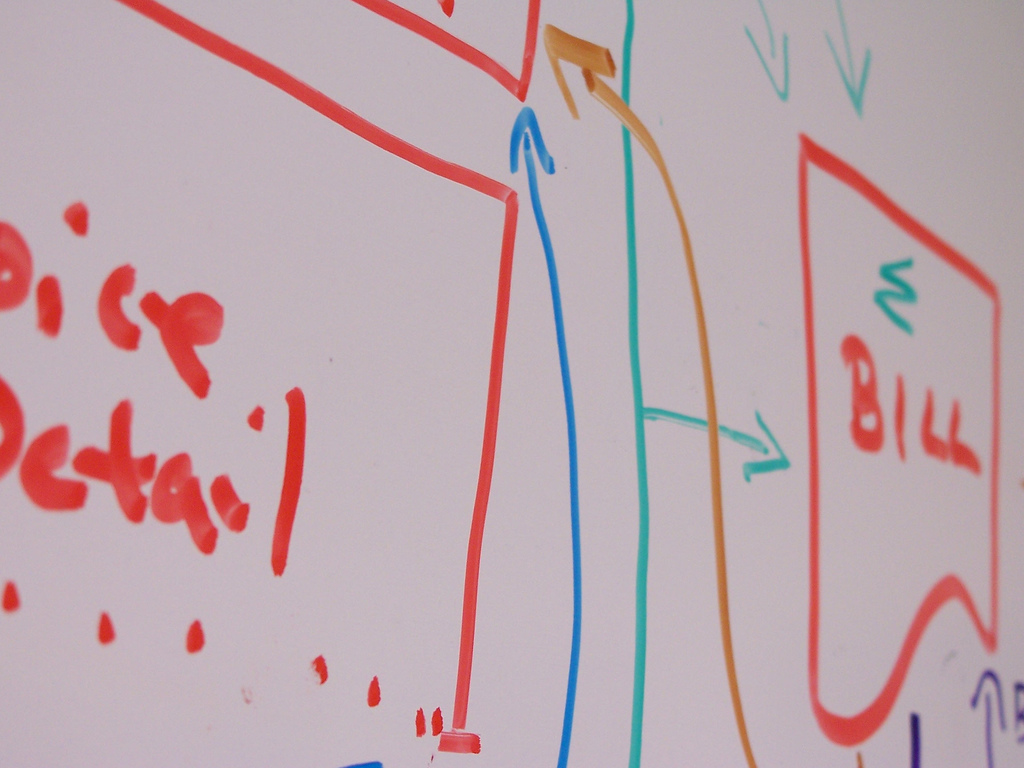 Last week, I wrote two articles outlining some philosophical ideas around entrepreneurship. This series of articles is all about giving away lessons I’ve learned throughout my five years as an entrepreneur in four different ventures.
Last week, I wrote two articles outlining some philosophical ideas around entrepreneurship. This series of articles is all about giving away lessons I’ve learned throughout my five years as an entrepreneur in four different ventures.
When you’re in the product business, you have to continually improve on your product. As soon as you hit version 1, you’re heading for version 2. You create a roadmap and set milestones, which are just intermediary goals to help you get from inception to some point in the future.
The reality of roadmaps, however, are that they are susceptible to change based on market demands – or, as it’s sometimes called, “pivots”. You can have a great product idea that has a wonderful two year roadmap, but if customers don’t like it or demand other features that have never been thought of, then it would be wise to modify timelines and roadmaps.
Many successful products have been the product of a “release early and release often” mentality where the entrepreneur or product team did not wait to have a fully developed product, and instead, hurried to get something to market for the sake of collecting feedback and input and improving on the product.
Eric Ries in Lean Startup talks about principles of testing market validation by creating an iterative cycle of development where a product is released, tested in the market, feedback aggregated, assumptions tested against that feedback, and new innovation created as a result of those tests.
There are a number of rapid-cycle development philosophies including Agile, Scrum and others. These philosophies put a greater emphasis on involving customer feedback and direction over pre-determined plans where feedback is not collected until the development cycle is completed.
What happens if your assumptions were all wrong? Now you’ve got a product that no one wants to use!
The best way to avoid this problem is simply to release early, even before your product is near complete, and collect feedback along the way. Based on the feedback, you may need to modify your development trajectory but at least you’re able to do that before it’s too late and keep your product relevant to the consumer.
Next time, I’ll continue this series and talk a bit about business visualization to help you track your business and make effective decisions. If you’re not already subscribed to this blog, do so now. Also, follow me on Twitter where I’ll be talking about entrepreneurship, WordPress and a healthy dose of sports on the weekend.

